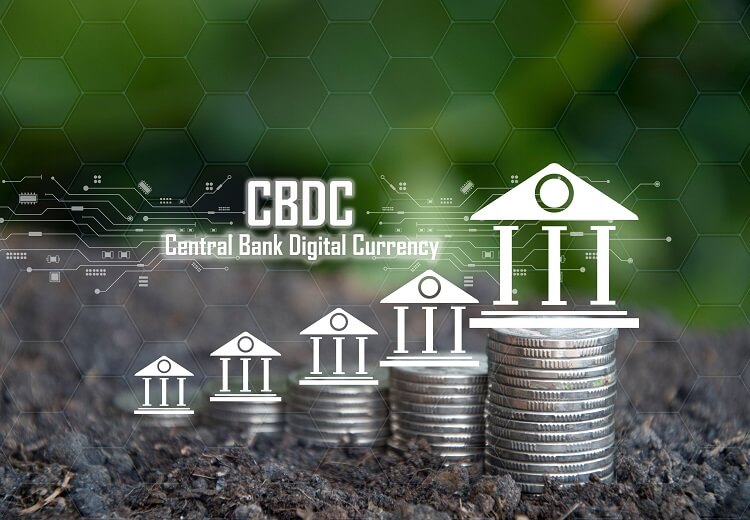Digital Currency and the Future of Money: The Bank of England’s Approach to Central Bank Digital Currency (CBDC) – Kavan Choksi Japan

As our world becomes increasingly digital, so does the way we handle money. Gone are the days when cash was king—now, we’re tapping cards, scanning phones, and sending money across the globe in seconds. But what if we took it a step further? What if the money itself became digital? That’s the idea behind Central Bank Digital Currency (CBDC), and the Bank of England is at the forefront of exploring what this could mean for the future of money. Follow this guide from experts like Kavan Choksi Japan.
Let’s dive into what a CBDC is, why the Bank of England is considering it, and how it could impact everything from your daily transactions to the global financial system.
What is a Central Bank Digital Currency (CBDC)?
At its core, a Central Bank Digital Currency is a digital form of money issued directly by a central bank—like the Bank of England. Unlike cryptocurrencies such as Bitcoin, which operate on decentralized networks and often experience wild price fluctuations, a CBDC would be a stable, government-backed digital currency. It’s essentially the digital equivalent of the physical cash you use today, but with some key differences that could transform the way we interact with money.
CBDCs could exist alongside traditional cash and bank accounts, offering another way to store and transfer money. But instead of holding a physical £10 note or having money in your bank account, you’d hold digital pounds directly with the Bank of England, accessible through a secure app or digital wallet.
Why is the Bank of England Interested in CBDCs?
So, why is the Bank of England exploring this idea? Several reasons stand out:
- Modernizing Payments: The way we pay for things is changing rapidly. Cash use is declining, and digital payments are on the rise. A CBDC could offer a modern, efficient way to make payments, potentially reducing costs and speeding up transactions.
- Financial Inclusion: Not everyone has easy access to banking services. A CBDC could provide a safe, government-backed option for those who are unbanked or underbanked, helping to bridge the gap in financial inclusion.
- Enhancing Monetary Policy: With a CBDC, the Bank of England could have more direct control over monetary policy. For example, it could use a CBDC to implement policies like negative interest rates more effectively, influencing spending and saving behavior across the economy.
- Competing with Cryptocurrencies: Cryptocurrencies are growing in popularity, but they come with risks, including volatility and potential use in illegal activities. A CBDC could provide a stable, secure alternative that offers the benefits of digital currency without the downsides.
- Global Leadership: As other countries explore their own CBDCs, the Bank of England is keen to ensure that the UK remains a leader in financial innovation. Developing a CBDC could help maintain the UK’s competitive edge in the global financial system.
What Does This Mean for You?
If the Bank of England does introduce a CBDC, it could change the way you manage your money. You’d have more options for making payments, potentially lower costs, and access to a safe, stable digital currency. But it also means you’ll need to stay informed about how these changes might affect your finances, your privacy, and your security.
For now, it’s worth keeping an eye on how this develops. The future of money is digital, and the Bank of England’s approach to a CBDC could be a big part of that future. Whether you’re a tech enthusiast, a financial planner, or just someone who likes to stay on top of trends, understanding the potential of a CBDC is key to navigating the next chapter in the world of money.




